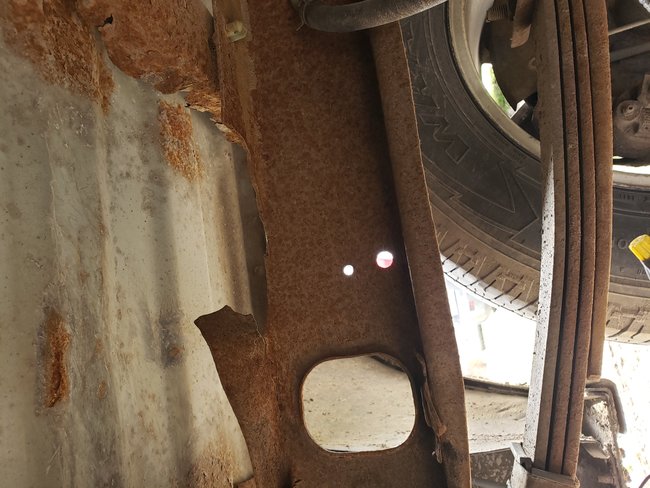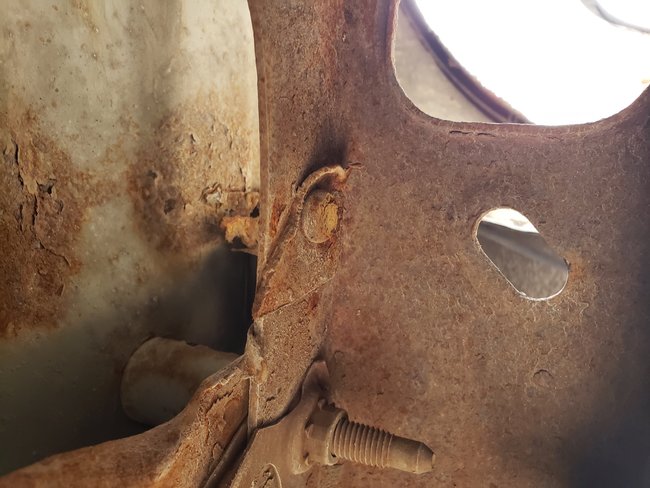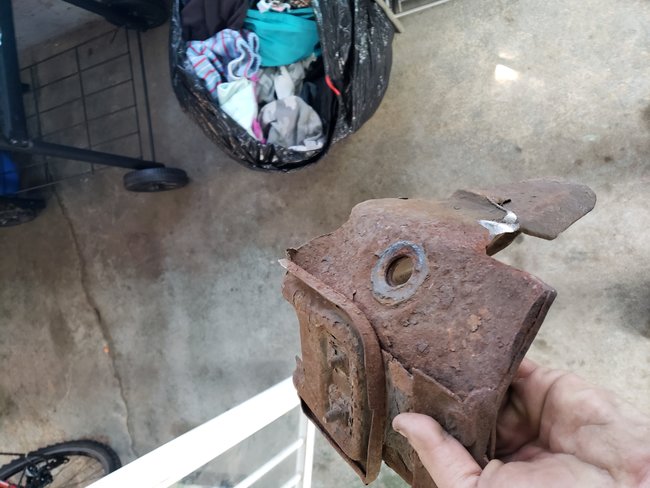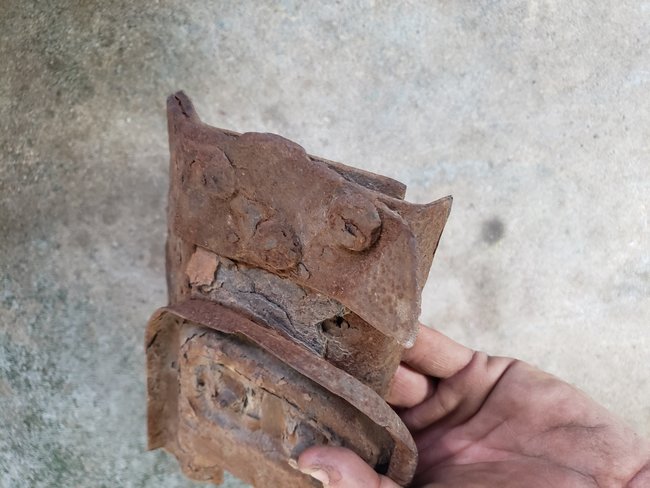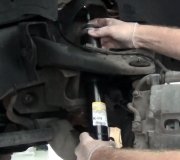You need a new mechanic. Even large semi trucks have shock absorbers. They're more important when hauling a load because the higher weight is going to want to bounce more. With a lightly-loaded truck, you'll bounce once over a bump in the road, and keep on going with no more bouncing. Think of a clock pendulum with the spring wound down. If it's a little stick with no mass and you give it a shove, it will stop moving right away. If it's that heavy weight on the end of a pendulum for a grandfather's clock, with one push, it will keep on swinging back and forth for a long time.
Remember too, as I mentioned, it is only the springs that hold any vehicle up, even railroad cars. Shock absorbers only resist movement up and down of the axle on those springs. If you have clearance for tools, and access to the mounting hardware, shock absorbers can be totally removed from any vehicle while it's sitting on the tires, and it will not drop in height one bit. Some people will argue that's not true, then they'll pull out a shock absorber with a helper spring around it. That again is a spring that helps the weak original spring. The shock absorber itself still does only shock absorber stuff. The helper spring assists the main spring and has nothing to do with damping bouncing.
To get technical for a moment, when shock absorbers aren't needed is a factor of the weight of what can bounce, and how fast it is rotating. Every wheel / tire combination has a "resonant frequency" at which it will bounce freely. That's affected by weight and location of that weight. Thinking again of the grandfather's clock pendulum, it has one frequency it wants to swing at. The spring adds a little energy to it to make up for what is lost as it drives the bunch of gears. If you come along and try to push the pendulum to swing faster or slower, you have to put a real lot of energy into it. To keep it swinging at its resonant frequency, all you have to do is tickle it a little up near the top. Railroad car wheels are so extremely heavy, it takes a real lot of energy to get one to bounce. We'll never get close to its resonant frequency, so that is one application where a shock absorber won't do anything of value.
It's common to find a one-ounce wheel weight on the lip of a wheel to balance the assembly. Take that weight off, and you'll feel the bouncing best at around 50 - 60 mph. Larger diameter wheels bounce at a different speed than a smaller-diameter wheel and tire. You'll also find balancing weights welded to the outside of most brake drums. Those can often be four to eight ounce weights. They travel in a smaller circle so they have less effect on balancing. If you ever see eight ounces of weight on a wheel, there is definitely something else wrong that must be corrected.
That resonant frequency is also why we often feel an out-of-balance tire at one speed, but not so much at a higher speed. It takes less energy to keep it bouncing at its resonant frequency, so what energy is put in has more effect, hence, stronger bouncing.
Another way to look at this is the spring's only function is to hold the frame and axle apart. How much is critical, and there are books in every shop that shows where to take those measurements on every car and truck model, and what they should be. If ride height is sagged, we replace the springs, or adjust them if they're torsion bars.
Shock absorbers resist the frame and axle moving closer together or further apart, but they don't care where they end up. It is only the movement they resist. That has two functions. It keeps the truck body from continually bouncing up and down, making us seasick, and it keeps the tire from bouncing off the road surface. The energy of a bouncing tire is transmitted through the springs and shock absorbers into the body where we can feel it. That energy has to be absorbed somewhere, and the shock absorber slows that down to spread it out over time so it isn't so abrupt when we feel it. Shock absorbers work hardest when vehicle speed matches the tire's resonant frequency.
Tuesday, April 9th, 2019 AT 6:09 PM
